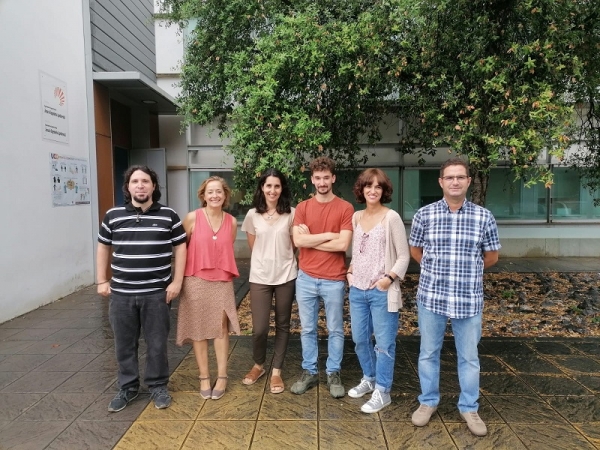Pasture quality assessment in permanent grasslands is essential for their conservation and management, as it can facilitate real-time decision-making regarding livestock management. In this regard, the Sentinel-2 satellite constellation, launched in 2015, has proven to be a promising tool for permanent grassland monitoring. This is a sensor system developed by the European Space Agency (ESA) and that provides free and available data worldwide, with a review time of five days, and 13 spectral bands. The spectral configuration of Sentinel-2, featuring three red-edge bands and two of non-destructive NIR technology, boasts great potential for the study of grassland quality due to these regions' known sensitivity to changes in the nitrogen, chlorophyll and fibre content of plants.
A study carried out by a research group at the University of Cordoba evaluated the potential of the Sentinel-2 configuration to predict forage quality in permanent Mediterranean grasslands having a great diversity of open forests. There are very few studies that have focused on this area using remote sensing data. This study analysed the potential and limitations of the Sentinel-2 configuration to promote and facilitate the implementation of this technology in permanent Mediterranean grasslands.
The project was carried out on eight ranches of Andalusian dehesa, or wooded pasturelands. This region is characterized by a continental, Mediterranean climate, with hot summers and cold, rainy winters. The soil is mainlycomprised of cambisols featuring a clay-loam and sandy-loam texture and limited fertility. The topography generally flat, or characterized by rolling hills and plateaus, without steep slopes. Two of the ranches in question are dedicated to the breeding of Iberian sheep and pigs, and the other six to Iberian cattle and pigs.
The permanent pastures on the ranches include plant communities dominated by annual grasses featuring limitedgrowth. Irrigated and permanent grasslands are also present on the ranches, replanted with mixtures of commercial seeds, mainly legumes.
This evaluation system has made possible a qualitative analysis of the protein content of the pastures, yielding data on the pastures and the livestock on the dehesa farms, such that one knows where to move their livestock depending on forage quality. "It provides us with information every five days, with approximate values, qualitative information on the protein content of the adjacent plots," added researcher Jesús Fernández-Habas.
Reference
Fernández-Habas, J., García Moreno, A. Mª., Hidalgo-Fernández, Mª. T., Leal-Murillo, J. R., AbellanasOar, B., Gómez-Giráldez, P. J., González-Dugo,Mª. P., Fernández-Rebollo, P. (2021). Investigating the potential of Sentinel-2 configuration to predict the quality of Mediterranean permanent grasslands in open woodlands. Science of The Total Environment, vol. 791. DOI: https://doi.org/10.1016/j.scitotenv.2021.148101


